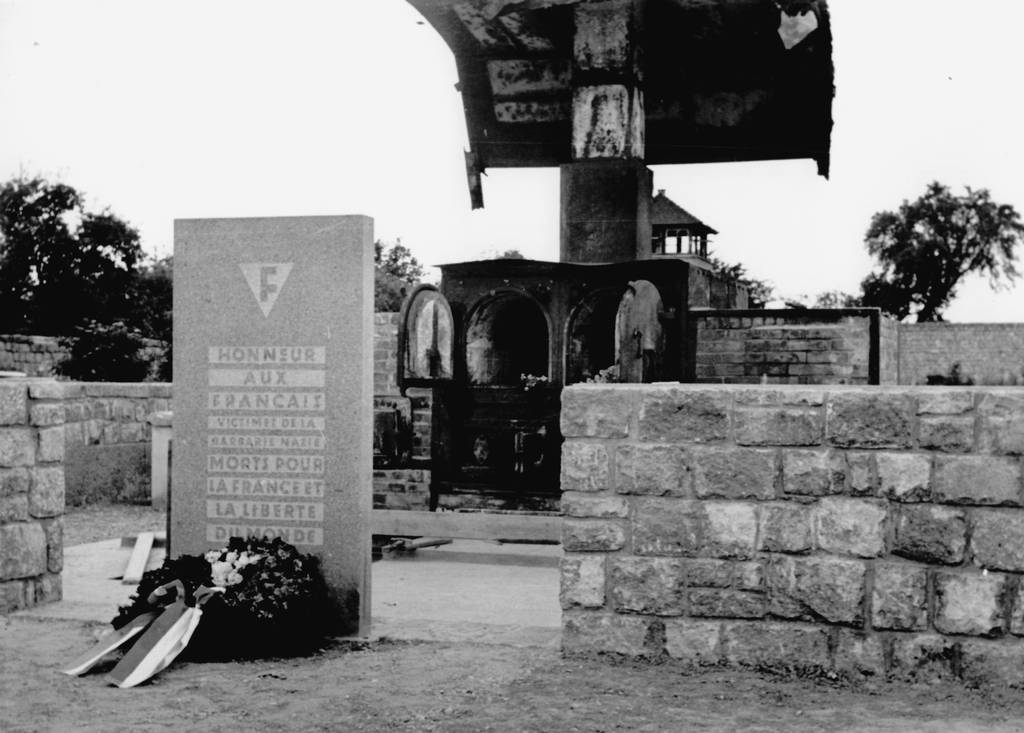History of the Gusen Memorial

The structural remains of the Gusen concentration camp began to disappear shortly after the liberation of the camp. The Gusen II camp was completely burnt down by the American troops to prevent the outbreak of infectious diseases. The ‘abandoned property’ of the Gusen I camp was partly sold off by the local authorities, and partly taken away by looters.
After the takeover of the camp grounds and quarries by the Soviet occupying powers, the remaining camp barracks served as housing for troops. After machinery had been removed and equipment dismantled, the tunnel complexes built by prisoners in St Georgen were partially blown up in November 1947 in order to render them unusable for future production.
The Soviets laid claim to the Gusen quarries as German property in Austria and continued to operate them as a USIA holding (‘Granitwerke Gusen’). In 1955/56 the prisoner cemetery in Gusen, which had been laid out shortly after liberation, was closed and the majority of the dead were reinterred on the grounds of the Mauthausen memorial site.
At the instigation of former French and Polish prisoners, an unofficial memorial was created around the crematorium oven with commemorative plaques and memorial stones. After the withdrawal of the Soviet troops in 1955, the grounds of the former camp were parcelled up and the Langenstein local authority began to plan a housing estate. The crematorium oven was to be torn down and the memorial plaques and stones taken to Mauthausen.
In late 1960, former Italian prisoners entered into negotiations to buy the parcel of land on which the remains of the crematorium stood. They bought the land in 1961 and gave it to the local community who, in return, agreed to the creation of a memorial on this site. Various survivor associations provided the money to build the memorial. The design for the memorial came from the Italian architectural firm B.B.P.R. (Banfi, Belgiojoso, Peressutti and Rogers). Ludovico Belgiojoso had been imprisoned in Gusen, and a founding member of the group – Gian Luigi Banfi – had died in the Gusen concentration camp. The memorial was dedicated on 8 May 1965. Since 1997 the Austrian Federal Ministry of the Interior has been responsible for maintaining and managing the memorial. In 2004 a visitor centre containing a permanent historical exhibition opened at the site.